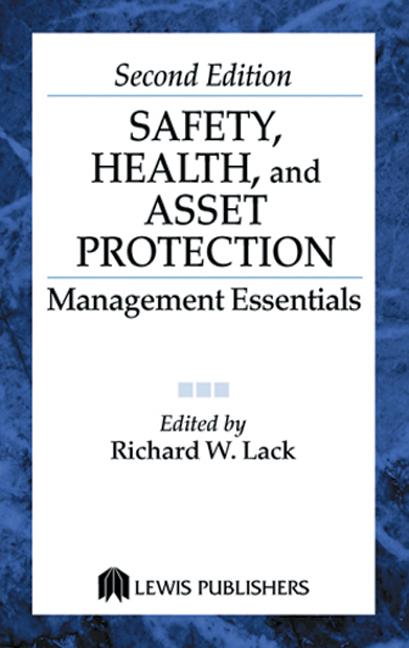The big news this week: OSHA issued a final silica rule that dramatically cut permissible exposure limits for silica – limits which hadn’t been updated in four decades. It wasn’t the only news though:
U.S. DOL Blog post
“It Took About 5 Years to Kill Him, and We Got to Watch”
When he was a kid, Tom Ward thought his dad was Superman, especially because he worked with his hands. When I sat down with Tom a few weeks ago, he talked about how heroic and invincible his father seemed, about his athleticism and his work ethic. But years of working as a sandblaster had taken their toll. They turned out to be this Superman’s kryptonite.
High smoking rate found among healthcare support workers
Workers in support occupations in the healthcare and social assistance sector are significantly more likely to smoke cigarettes than are workers in all other occupations in that sector, according to a recent study by investigators at the National Institute for Occupational Safety and Health (NIOSH).
OSHA announces final rule on respirable silica dust exposure
The U.S. Department of Labor's Occupational Safety and Health Administration today announced a final rule to improve protections for workers exposed to respirable silica dust. The rule will curb lung cancer, silicosis, chronic obstructive pulmonary disease and kidney disease in America's workers by limiting their exposure to respirable crystalline silica.
20 automakers say automatic emergency braking will be standard on new vehicles
The National Highway Traffic Safety Administration (NHTSA) and the Insurance Institute for Highway Safety announced today a historic commitment by 20 automakers representing more than 99 percent of the U.S. auto market to make automatic emergency braking a standard feature on virtually all new cars no later than NHTSA’s 2022 reporting year, which begins Sept 1, 2022.
New manual helps OSH activists push for criminal charges in workplace tragedies
Every year, thousands of workers across the United States are killed on the job — 4,679 in 2014 alone. Thousands more are seriously injured. Many of these deaths and injuries are entirely preventable when employers put in place basic safety measures. Some even result from company policies and practices that encourage and reward behavior that creates unacceptably risky conditions.
A NIOSH Science Blog post
Traumatic brain injuries in construction
Falling 25 feet to the ground from a roof, being struck in the head by a steel beam as it is transported across a worksite, or getting hit by a vehicle moving supplies–these are only a few examples of why the construction industry has the greatest number of both fatal and nonfatal traumatic brain injuries (TBIs) among U.S. workplaces.
U.S. heart disease rates down – except in South
While heart disease death rates have declined overall in the United States, there are dramatic differences in those rates among U.S. counties, including weaker declines found south of the Mason-Dixon Line, according to new research in the American Heart Association’s (AHA) journal Circulation.
Draft recommendations for handling silver nanomaterials undergo public comments
After evaluating the available scientific evidence, NIOSH has determined that it is insufficient to support developing a size-specific recommended exposure limit (REL) for silver nanomaterials. In the absence of information to support a size-specific REL, worker exposures to silver dust, fume, and soluble compounds should be maintained below the NIOSH REL of 10 µg/m3 as an 8-hour time-weighted average.
A NIOSH update
New technique brings silica monitoring to the mine
Scientists at the National Institute for Occupational Safety and Health (NIOSH) have developed a novel technique that makes it possible to measure silica dust quickly and easily at the mine site. Silica dust exposure can causes silicosis, an irreversible, but preventable, occupational lung disease.
In 2013, IOGP published IOGP 452, Shaping safety culture through safety leadership. The aim was to raise awareness among senior figures in the oil and gas industry of the way their behaviors shape ‘safety culture.’
CDC releases guidelines for prescribing opioids for chronic pain
Recommendations to improve patient care, safety, and help prevent opioid misuse and overdose
Recommendations to improve patient care, safety, and help prevent opioid misuse and overdose As part of the U.S. government’s urgent response to the epidemic of overdose deaths, the Centers for Disease Control and Prevention (CDC) has issued new recommendations for prescribing opioid medications for chronic pain, excluding cancer, palliative, and end-of-life care.
Residential framing company exposes workers to dangerous falls - again
South Progress LLC apparently isn't making much progress in protecting its employees from fall hazards. OSHA inspectors, acting under the agency’s Regional Emphasis Program on Falls in Construction*, found South Progress employees doing framing work without fall protection at a residential community in Santa Rosa, Florida.
Firefighter Cancer Registry Act introduced in Congress
Bill from NY Representative Hanna would create a collection of firefighter cancer data
U.S. Rep. Richard L. Hanna, [R-NY-22], has introduced a bill (H. R. 4625), legislation that would "require the Secretary of Health and Human Services to develop a voluntary patient registry to collect data on cancer incidence among firefighters."
AIHA honors two Yant Award recipients for the first time ever
The American Industrial Hygiene Association® (AIHA) today announced two recipients of the 2016 Yant Award, which is presented annually to an individual residing outside of the United States to recognize outstanding contributions in industrial hygiene or allied fields. This year marks the first time that AIHA will honor two individuals with this prestigious award.


